India's payment system with Iran is being relaxed further for basmati rice exports. This comes after the US allowed India to continue importing crude oil from Iran and develop Chabahar Port.
Now, India is finalizing guidelines for exporting basmati rice to its largest importer—Iran—on a rupee payment basis, Business Standard reported.
The move has come as a positive development for exporters who are paying a higher price for procuring basmati.
Last year, India exported $4.17 billion worth of basmati rice and Iran was the largest buyer of rice with $905 million. In the first five months of 2018-19, exports have already crossed $2 billion and Iran continues to be the largest buyer for India followed by Saudi Arabia.
When the US announced sanctions against Iran, Indian farmers had already increased area under basmati but exporters were cautious. However, the recent exemption for Iran followed by easing of the payment crisis has lifted the sentiments of basmati exporters.
“Higher paddy price this season has put some pressure on the retail price, especially if you consider that there is recession in the global market. However, there has been some stabilization now and we expect a good basmati export cycle this year,” Kohinoor Foods joint managing director, Gurnam Arora, said.
He added that the "Iran issue" had also been resolved to a large extent and traders have been allowed to barter deals and consignments valued in rupee terms.
“The guidelines are being formulated and we are confident that Iranian basmati imports would start soon.”
Iran normally opens its market for basmati import by mid November after taking into account its domestic production and demand matrices.
All-India Rice Exporters Association Executive Director Vinod Kaul claimed that although some of the basmati crop had been damaged, it was not significant and that the final assessment was being done.
“The new basmati crop has started coming to the market and we are confident that Iran would account for about 1 million tons of exports this season,” he said.
India is also bullish about the prospects of the Chinese market, although it basically imports non-basmati rice varieties now. Recently, a buyer-seller meet was organized in China, where five to six Indian rice exporters had participated even as the country approved 24 domestic rice millers.
However, the Chinese basmati market would still take some years before it "matures" for domestic exporters, Arora said.
China is the world’s largest producer and importer of rice and procures about 5 million tons every year. India has estimated a potential sale of 1 million tons of rice to China. The country planned to boost rice and sugar exports to narrow the trade gap with China.
Recently, five new Indian rice mills were cleared for exporting non-basmati rice to China, taking the total to 24 rice mills. In May 2018, Chinese officials had inspected rice mills capable of exporting non-basmati rice.
Basmati exporters have also been exploring other markets like the US, European Union and Latin America. Yet, the results have not been encouraging.
Last year, total basmati exports from India stood at little over 4 million tons with almost 80% of the consignment going to West Asian countries, led by Iran. However, exporters are still unsure if last year’s export figures would be matched.
Following better global demand last year, farmers had increased sowing and sown new basmati varieties like 1401, 1509, apart from the 1121 type. “Sowing has increased but quality has been affected. This was because pest attack lowered the yield, resulting in higher market price at a time when Iran hopes have revived,” said Devendr Vora, director of Friendship Traders, a new Bombay-based trader-exporter.
As a result of high export demand and lower-than-expected crop (perhaps be due to quality), the market is bullish.
Domestically, Haryana and Punjab account for 40-45% of the total basmati production in India, followed by Uttar Pradesh at 10-15%. India’s net rice exports (including basmati) increased from 10.8 to 12.7 million tons last year, thus allowing the country to retain the top slot in the commodity’s global trade.


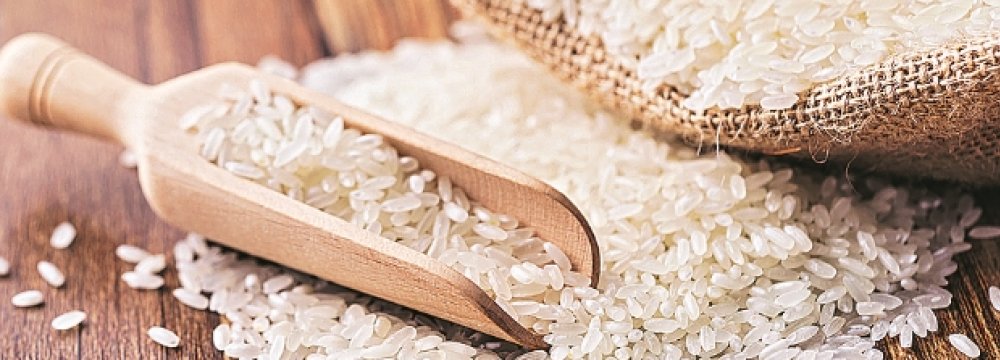

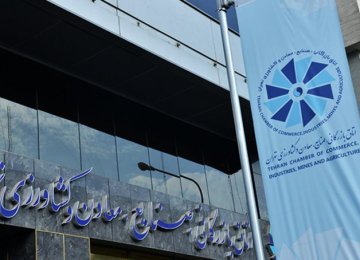
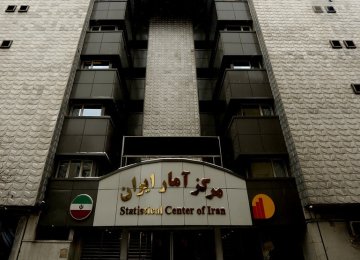
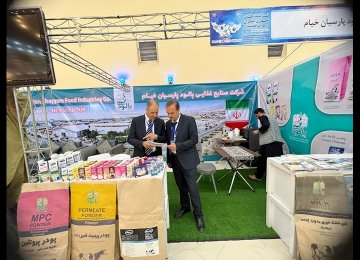
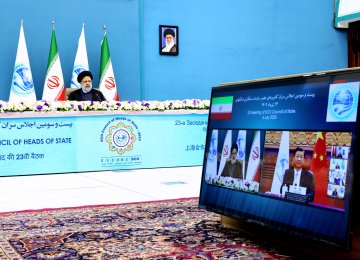

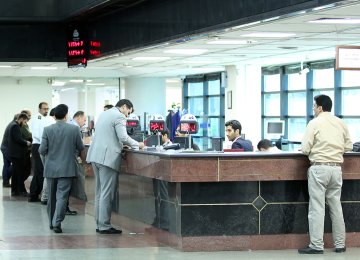
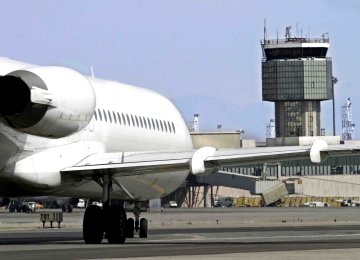


Add new comment
Read our comment policy before posting your viewpoints